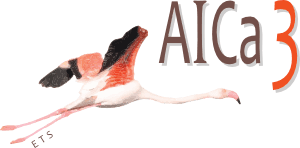The muscular dystrophies are a heterogeneous group of inherited disorders characterized by progressive muscle wasting and weakness. These disorders present a large clinical variability regarding age of onset, patterns of skeletal muscle involvement, heart damage, rate of progression and mode of inheritance. Difficulties in classification are often caused by the relatively common sporadic occurrence of autosomal recessive forms as well as by intrafamilial clinical variability. Furthermore recent discoveries, particularly regarding the proteins linking the sarcolemma to components of the extracellular matrix, have restricted the gap existing between limb girdle (LGMD) and congenital muscular dystrophies (CMD). Therefore a renewed definition of boundaries between these two groups is required.
Molecular genetic studies have demonstrated different causative mutations in the genes encoding a disparate collection of proteins involved in all aspects of muscle cell biology. These novel skeletal muscle genes encode highly diverse proteins with different localization within or at the surface of the skeletal muscle fibre, such as the sarcolemmal muscle membrane (dystrophin, sarcoglycans, dysferlin, caveolin-3), the extracellular matrix (a2 laminin, collagen VI), the sarcomere (telethonin, myotilin, titin, nebulin and ZASP), the muscle cytosol (calpain-3, TRIM32), the nucleus (emerin, lamin A/C) and the glycosilation pathway enzymes (fukutin and fukutin related proteins). The accumulating knowledge about the role of these different proteins in muscle pathology has led to a profound change in the original phenotype-based classification and shed new light on the molecular pathogenesis of these disorders.
